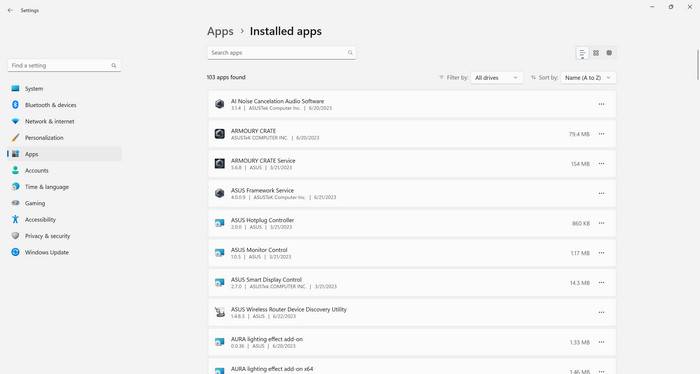TOSHIBA Recovery Media Creator is a software program that comes pre-installed on many TOSHIBA laptops and computers. Its primary purpose is to create recovery media, which can be used to restore the computer to its original factory settings in case of system failure or other issues. While this software can be useful in certain situations, there are also reasons why you might consider removing it from your device. In this article, we will explore the features of TOSHIBA Recovery Media Creator, its potential drawbacks, and provide insights to help you make an informed decision.

What Does TOSHIBA Recovery Media Creator Do?
TOSHIBA Recovery Media Creator allows users to create recovery media, such as DVDs or USB drives, that can be used to restore the computer’s operating system and software to its original state. This can be particularly useful if your computer experiences a major system failure, such as a hard drive crash or a virus infection that cannot be easily resolved through other means.
By creating recovery media, you can avoid the hassle of reinstalling the operating system and all the necessary drivers and software manually. Instead, you can simply use the recovery media to restore your computer to its factory settings, saving time and effort.
Should I Remove TOSHIBA Recovery Media Creator?
While TOSHIBA Recovery Media Creator can be a useful tool, there are several reasons why you might consider removing it from your device:
- Storage Space: TOSHIBA Recovery Media Creator takes up valuable storage space on your computer. If you have limited storage capacity or if you prefer to use that space for other purposes, removing this software can free up significant disk space.
- Alternative Recovery Options: Many modern computers come with built-in recovery options that do not require the use of external recovery media. For example, Windows 10 includes a “Reset this PC” feature that allows you to restore your computer to its factory settings without the need for additional software. If you have access to these alternative recovery options, you may not need TOSHIBA Recovery Media Creator.
- Outdated Software: TOSHIBA Recovery Media Creator may not be regularly updated by the manufacturer. This means that the software may not be compatible with newer operating systems or may not include the latest drivers and software updates. In such cases, relying on outdated recovery media may not be the best solution.
Before removing TOSHIBA Recovery Media Creator, it is important to consider your specific needs and circumstances. If you rely on this software for creating recovery media and do not have access to alternative recovery options, it may be best to keep it installed on your device.
How to Remove TOSHIBA Recovery Media Creator
If you have decided to remove TOSHIBA Recovery Media Creator from your device, you can do so through the following steps:
- Open the Control Panel on your computer.
- Select “Programs” or “Programs and Features.”
- Locate TOSHIBA Recovery Media Creator in the list of installed programs.
- Click on it and select “Uninstall.”
- Follow the on-screen prompts to complete the uninstallation process.
After removing TOSHIBA Recovery Media Creator, it is recommended to perform a thorough scan of your computer for any potential malware or unwanted programs. Malwarebytes Free is a reliable and effective tool for scanning and removing malware. You can download it from Malwarebytes Free.
Conclusion
TOSHIBA Recovery Media Creator is a software program that allows users to create recovery media for their TOSHIBA laptops and computers. While it can be a useful tool in certain situations, there are reasons why you might consider removing it from your device, such as limited storage space, alternative recovery options, and outdated software. Before making a decision, carefully evaluate your specific needs and circumstances. If you decide to remove TOSHIBA Recovery Media Creator, follow the steps outlined above and consider scanning your computer for malware using Malwarebytes Free. Ultimately, the choice to keep or remove this software depends on your individual preferences and requirements.










